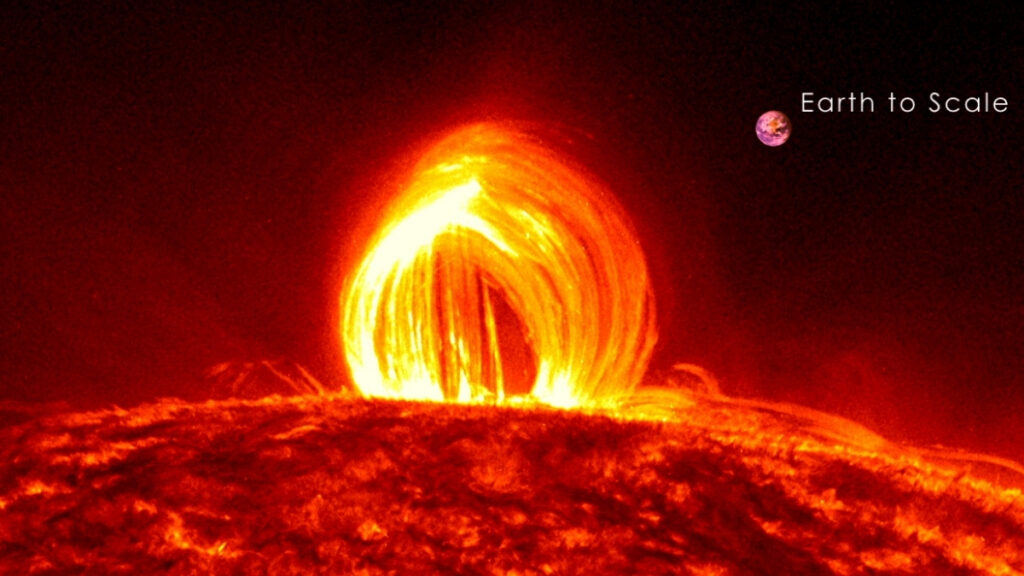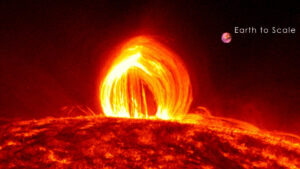
Scientists have uncovered the mechanisms behind a fascinating phenomenon: rain on the Sun. This extraordinary event involves superheated plasma, and new research suggests that rapidly shifting flows of elements like iron, silicon, and magnesium drive its formation. The findings, published in The Astrophysical Journal, come from the Institute for Astronomy (IfA) at the University of Hawai’i.
The concept of rain on the Sun may sound paradoxical, but it is indeed accurate. Unlike rain on Earth, which consists of water droplets, solar rain comprises cool, dense blobs of plasma descending from the Sun’s corona—the outer layer of its atmosphere. This plasma is an electrically charged gas that can reach temperatures of millions of degrees. As it falls, it highlights the Sun’s magnetic fields, creating striking arcs that can extend five times the height of Earth.
While researchers often observe this solar rain following intense solar flares, its precise formation has long remained elusive. Until now, models assumed a constant distribution of elements in the corona. However, according to Luke Benavitz, an astronomy graduate student at IfA and a co-author of the study, this assumption is incorrect. “At present, models assume that the distribution of various elements in the corona is constant throughout space and time, which clearly isn’t the case,” he explained.
The new simulations conducted by Benavitz and his colleagues considered variations in elemental distribution, revealing that coronal rains could condense within just 35 minutes—far quicker than previous models suggested, which required hours or even days of heating. “It’s exciting to see that when we allow elements like iron to change with time, the models finally match what we actually observe on the Sun,” Benavitz added.
The research indicates that these shifting elemental abundances are critical for understanding how plasma cools in the Sun’s atmosphere. Spikes in radiation may cause rapid temperature drops at the peaks of coronal loops, pulling more material through the loop and initiating a runaway cooling effect that leads to coronal rain.
This discovery not only sheds light on the intricate nature of solar rain but also prompts a reevaluation of coronal heating processes. Jeffrey Reep, another co-author of the study, remarked, “We might need to go back to the drawing board on coronal heating, so there’s a lot of new and exciting work to be done.”
In summary, the research from the University of Hawai’i opens new avenues for understanding solar dynamics. By revealing the complexity behind solar rain, scientists are better equipped to explore the broader implications for coronal heating and other solar phenomena.






